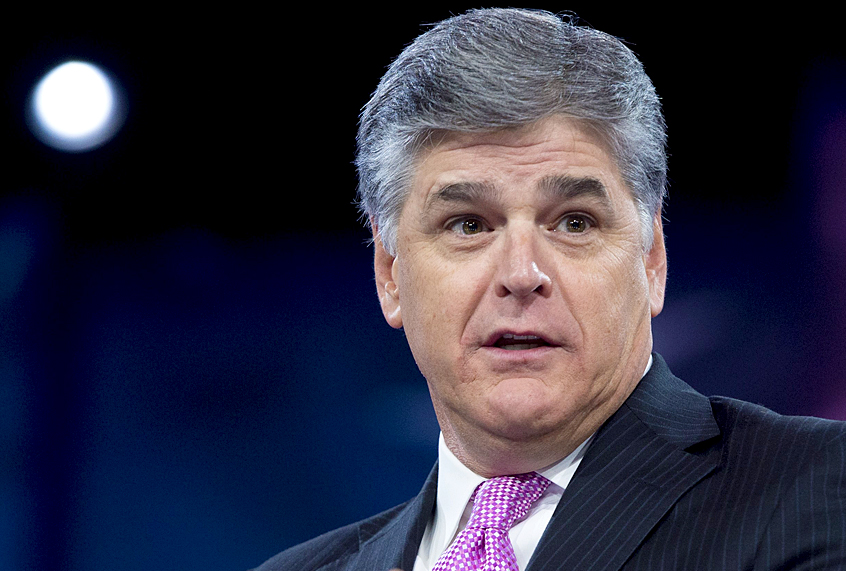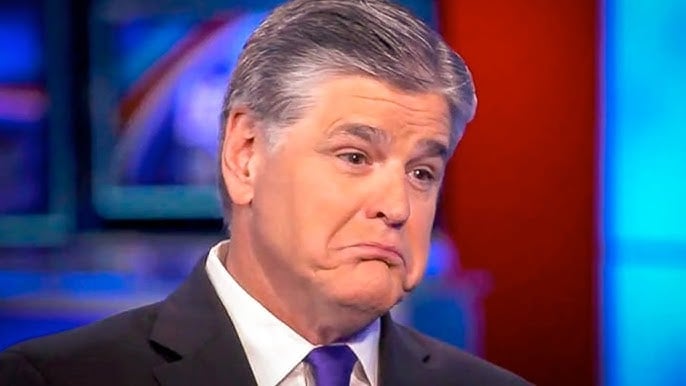For more than three decades, Sean Hannity has been one of the most recognizable and influential figures in American media. From his early days in local radio to becoming a primetime television host on Fox News, Hannity’s career is a story of persistence, adaptability, and an unwavering connection with his audience. His rise reflects not only his personal journey but also the evolution of modern U.S. political commentary.
Early Life and Entry into Radio
Born in 1961 in New York, Sean Hannity grew up in a working-class Irish Catholic family. After attending New York University and Adelphi University without completing a degree, he turned to radio — a medium that would shape the rest of his professional life.
Hannity’s first big opportunity came in the late 1980s at KCSB-FM, a college radio station in Santa Barbara, California. Although his time there ended after a controversial incident involving guests, the experience fueled his determination to succeed in broadcasting. By the early 1990s, he was working at radio stations in Alabama and Georgia, gradually refining his on-air style: direct, passionate, and unapologetically opinionated.

Rise to National Prominence
Hannity’s career took a pivotal turn in 1996 when Fox News launched. He was tapped to co-host a new program, Hannity & Colmes, alongside liberal commentator Alan Colmes. The format — pitting conservative and liberal viewpoints against one another — quickly found an audience in the polarized political environment of the late 1990s and early 2000s.
For more than a decade, Hannity & Colmes became a fixture of cable news, giving viewers a nightly debate that reflected America’s growing partisan divides. Hannity’s combative style and ability to connect with conservative viewers helped him build a loyal following. When Colmes departed in 2009, Fox News rebranded the show as simply Hannity, giving Hannity full control of the format.
The Dominance of Hannity on Fox News
Today, Hannity remains one of the most watched programs on cable television. Airing weeknights in primetime, the show combines monologues, interviews, and panel discussions, often featuring politicians, commentators, and cultural figures.
Hannity’s approach is both personal and political. He frequently speaks directly to his viewers, framing issues through a lens that resonates with conservative audiences. His style — blending news, opinion, and advocacy — has influenced how other networks and commentators structure their programs.

The Radio Powerhouse: The Sean Hannity Show
While television made him a household name, radio solidified Hannity’s reach. The Sean Hannity Show, launched nationally in 2001, quickly became one of the most popular talk radio programs in America. Syndicated to hundreds of stations, it reaches millions of listeners daily.
The show earned Hannity a place among the most influential voices in conservative media, alongside figures like Rush Limbaugh. Unlike the tightly structured format of television, radio allowed him to speak more freely, engage with callers, and expand on topics at length. This combination of TV and radio dominance made Hannity a unique media force with unparalleled access to conservative audiences.
Author and Public Figure
Beyond broadcasting, Hannity has written several bestselling books. His works, such as Let Freedom Ring and Live Free or Die, emphasize themes of liberty, patriotism, and skepticism of big government. These books not only expanded his platform but also solidified his role as a thought leader within conservative circles.
As a public figure, Hannity has also become a frequent presence at political events, conferences, and rallies. While critics argue that he blurs the lines between journalism and political activism, supporters see him as a champion for their values and concerns.
Hannity’s Influence on Modern Media
Sean Hannity’s career cannot be understood without recognizing his impact on the broader landscape of American media. He is part of a generation of broadcasters who redefined news commentary as a hybrid of information and opinion. His style — unapologetically partisan, yet deeply personal — has set the tone for much of modern cable news.
Hannity has also demonstrated the power of cross-platform influence. By maintaining both a primetime television show and a widely syndicated radio program, he has been able to reinforce his message across different audiences, ensuring consistency and reach unmatched by many of his peers.

Recent Projects: ManningCast for Media?
While Hannity remains firmly rooted in his Fox News and radio commitments, his broader influence has sometimes been compared to innovative formats in other media, such as the ManningCast in sports broadcasting. Like Peyton and Eli Manning’s conversational football commentary, Hannity has shown that audiences increasingly crave authenticity, direct connection, and personality-driven content.
This shift is part of a larger trend in media: viewers gravitate toward hosts who feel like trusted companions rather than distant commentators. Hannity has mastered this approach, speaking to his audience as if they were part of his inner circle.

Charitable Work and Personal Endeavors
Beyond media, Hannity has been involved in philanthropy. He has supported organizations that assist veterans, military families, and children in need. While his charitable efforts often receive less attention than his broadcasting, they reflect another dimension of his public life.
He is also known for his interest in real estate, having invested in properties across the United States. Though occasionally the subject of scrutiny, these investments highlight the entrepreneurial side of his career.
Critics and Controversies
No account of Hannity’s career is complete without acknowledging the criticisms. Detractors argue that his style contributes to polarization in American politics. Some media analysts suggest that his closeness to political figures raises questions about journalistic independence.
However, these debates underscore his significance. Hannity is not merely a broadcaster — he is a cultural figure who embodies the intersections of media, politics, and public opinion. His critics and supporters alike agree on one point: his influence is undeniable.
Looking Ahead
As of 2025, Sean Hannity shows no signs of stepping back. His Fox News program continues to dominate ratings, his radio show remains a powerhouse, and his presence in political discourse is as strong as ever.
In a media environment defined by rapid change, Hannity has endured by staying true to his style while adapting to new platforms and technologies. Whether one agrees with his politics or not, his career offers a window into how modern media works — driven by personality, trust, and a deep connection with audiences.
Conclusion
From small radio stations in the 1980s to the pinnacle of cable news in the 21st century, Sean Hannity’s journey is one of determination and influence. He has not only built a remarkable career but has also shaped the way millions of Americans consume news and commentary.
His legacy is complex, marked by passionate support and vocal criticism, but it is also undeniable. Hannity has left an indelible mark on U.S. media, redefining political commentary for a generation. As his shows continue and his voice remains a central presence, the story of Sean Hannity is, in many ways, the story of modern American broadcasting itself.


